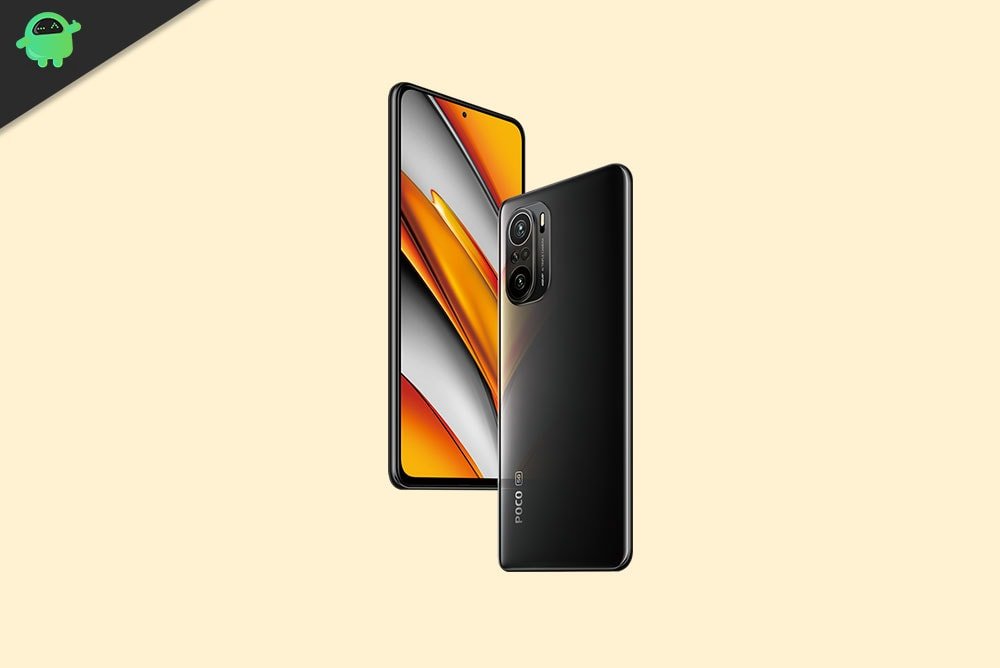The Poco F3 is a rebadge of the Redmi K40 launched in China last month. The phone is powered by the Snapdragon 870 SoC and has a triple rear camera setup. It offers 5G connectivity support.
In this guide, we will show you the real image of the ISP pinout and test point for the Xiaomi Poco F3 (alioth). By using the ISP PinOUT, you can easily restore the stock ROM, bypass FRP lock, or reset user data on your device via UFi Box. In this guide, we will also guide you on how to reboot into 9008 EDL Mode.
Page Contents
Xiaomi Poco F3 Device Overview:

The Poco F3 features a 6.67 inch AMOLED panel with a resolution of 1080 x 2400 pixels and an aspect ratio of 20:9. It has a refresh rate of 120 Hz and has support for HDR10+. The company claims a peak brightness of 1300 nits. Under the hood, we have the Qualcomm Snapdragon 870 built on a 5nm manufacturing process. It is an octa-core processor which consists of one Kryo 585 core clocked at 3.2 GHz, three Kryo 585 cores clocked at 2.42 GHz, and four Kryo 585 cores clocked at 1.8 GHz.
In terms of optics, we have a triple camera setup at the rear and a single camera at the front. The triple camera setup consists of a 48MP primary sensor paired with an f/1.8 lens, an 8MP ultrawide sensor paired with an f/2.2 lens, and a 5MP macro sensor paired with an f/2.4 lens. Coming to the front, we get a 20MP sensor paired with an f/2.5 lens. The rear camera setup can capture 4K videos at 30 fps, while the front camera is only limited to 1080p video recording. For video recording, we only have EIS(Electronic Image Stabilization) and no OIS(Optical Image stabilization) on any of the sensors.
The smartphone will come with Android 11 out of the box with MIUI 12 for Poco running on top. We will have two storage options for this device: 6GB RAM + 128GB internal storage and 8GB RAM + 256GB internal storage. In terms of communications, we have Wi-Fi 802.11 a/b/g/n/ac/6, Bluetooth 5.1, GPS, NFC, Infrared port, and USB Type-C 2.0.
For sensors, we have a side-mounted fingerprint sensor, accelerometer, gyro, proximity, color spectrum, and compass. Powering it all is a 4520 mAh battery that supports 33 fast wired charging. The company claims the smartphone goes from 0-100% in 52 min using the provided adapter and cable in the box. The smartphone is available in three color options: Arctic White, Night Black, and Deep Ocean Blue.
What is ISP PinOUT?
ISP or In-system programming also known as in-circuit serial programming (ICSP) for hardware that has a cross-reference of pins or contacts. By shorting the pins together, you can power or signal the logic board (motherboard) of an electronic device such as a mobile, computer. You will find the IS Pinout connection on the logic board of your device. Therefore, you will need to remove the back panel of the handset and follow the below image to locate the pinout.
Poco F3 Test Point ISP Pinout Image:

How to Enter EDL Mode on Xiaomi Poco F3 (alioth)
Follow this instruction carefully to boot your device into EDL Mode (aka Emergency DownLoad Mode)
Method 1: Using ADB
- Download ADB and Fastboot Tool and extract it to your PC (C:/ Drive)
- Connect your device to your PC
- Open the adb command and enter the command
.\adb reboot edl
Method 2: Using Fastboot
- Download ADB and Fastboot Tool and extract it to your PC (C:/ Drive)
- Boot your device into the bootloader
- Open the command window on your PC on the same folder extracted (ADB and Fastboot Tool)
- now enter the command
.\fastboot oem edl
Method 3: By Hardware Test Points / Restore Your device
- Download the QDLoader driver
- Find the EDL PinOUT/Test Point on your device (refer to image above to find the test point)
- To enter EDL mode, you need to use a metal tweezer or a conductive metal wire to short the points.
- Once you are done, connect your device to the PC using a USB cable
- This way, your device will enter EDL mode. Now you can open the QFil or QPST Tool to flash the firmware and restore your device.
I hope this guide was helpful to find the Xiaomi Poco F3 (alioth) ISP Testpoints.
